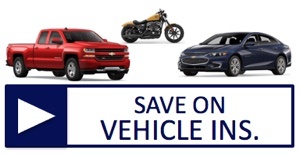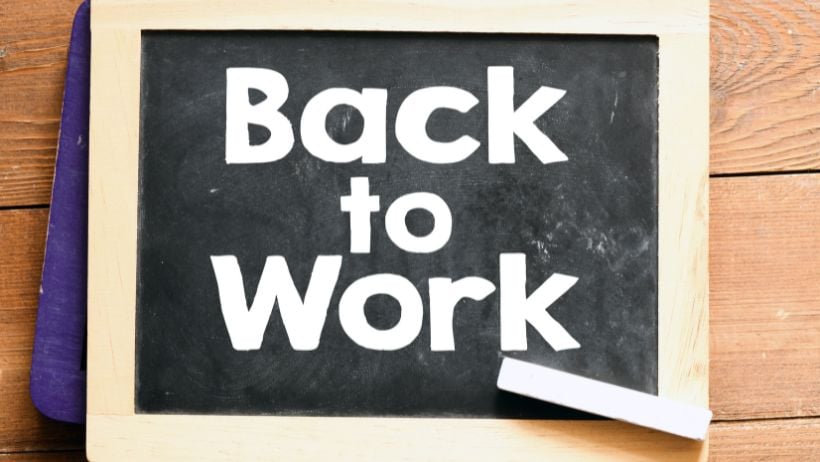 Workers’ Compensation Insurance (WC) is mandatory in most states, including Pennsylvania. WC helps cover lost wages, health care expenses, disability payments, death benefits, and permanent injury payments (such as the loss of a body part) when an employee suffers a work-related injury or disease. It also helps protect your business against lawsuits related to the injury.
Workers’ Compensation Insurance (WC) is mandatory in most states, including Pennsylvania. WC helps cover lost wages, health care expenses, disability payments, death benefits, and permanent injury payments (such as the loss of a body part) when an employee suffers a work-related injury or disease. It also helps protect your business against lawsuits related to the injury.
According to the Bureau of Labor Statistics, 2.7 million nonfatal workplace injuries and illnesses were reported by private industry employers in 2020. In addition, 1,176,340 of those injuries and illnesses caused workers to miss at least one day of work.
The longer an injured employee is out of work, the less likely they will return to work. The longer a claim remains open and an injured employee is off the job, the more it costs the employer.
The Society for Human Resource Management (SHRM) reports that absenteeism costs exceed $40 billion a year. Here are a few of the absenteeism costs cited for employers:
- Recovery of production
- Quality and hiring of replacement workers
- Lower employee morale
- Increased training costs
- Overtime
A Return-to-Work (RTW) program gets injured employees back to work more quickly and safely and provides many benefits to both employees and employers.
What is a Return-to-Work Program?
An RTW program is designed to get injured employees back to work as soon as possible (based on their doctor’s recommendation). That could mean the injured employee comes back to modified duties or a temporary position to accommodate any limitations caused by the injury.
The Department of Labor & Industry defines RTW as “a proactive approach, endorsed by many health care providers, designed to help restore injured workers to their former lifestyle in the safest and most effective manner possible. A partnership among workers, union representatives, employers, and health care providers stakeholders is developed in a collaborative effort to return the injured worker back to his or her pre-injury status.”
What are the Benefits of a Return-to-Work Program?
Studies have shown that getting an injured employee back to work as quickly and safely as possible is the best approach for both the employee and the company.
Here are a few benefits of an RTW for the employer:
- Claims are resolved more quickly
- Reduced WC claim costs
- Increased productivity
- Retention of experienced employees
- Reduced accidents
- Reduced absenteeism
- Reduced staff turnover
- Lower training costs
- Reduced overtime pay
- Reduced administrative costs
- More experienced and knowledgeable workers
- Decreased number of grievances and arbitrations
- Improved employee morale and employee relations
- Shows employees that the employer cares about the well-being of its employees
Here are a few benefits of an RTW for the injured employee:
- Maintained employment relationship
- Minimize loss of physical fitness
- Maintained skills
- Maintained pension plans, medical benefits, and group life insurance
- Maintained vacation and sick day benefits
- Maintained social connections and a sense of purpose
- Focus on abilities rather than disabilities
- Quicker recovery time
Research shows that even co-workers can benefit from an RTW program.
How Can We Create a Return-to-Work Program?
Despite common misconceptions, back-to-work programs don’t need to be costly or complicated but benefit everyone. SHRM recommends following the following steps to create an effective RTW program:
Step 1 – Determine who will be included in the RTW/light-duty program
Step 2 – Define what will be included in the program
Step 3 – Develop a written policy
Step 4 – Review the organization’s current job descriptions
Step 5 – Develop a bank of light duties
Step 6 – Develop a form
Step 7 – Designate an RTW coordinator
We Help You Save on Workers’ Compensation Insurance Costs!
The independent agents at American Insuring Group can help ensure that you pay the lowest premiums on WC and all your insurance needs. We shop the market for you to get you the best deal on quality insurance protection in Pennsylvania and elsewhere.
Call today at (800) 947-1270 or (610) 775-3848, or connect with us online to discover how we can help save you money!


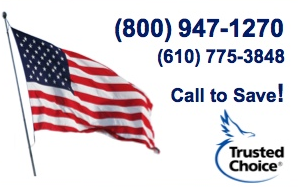
 The key to lowering
The key to lowering  One of the best ways to lower
One of the best ways to lower 
 In Pennsylvania,
In Pennsylvania, 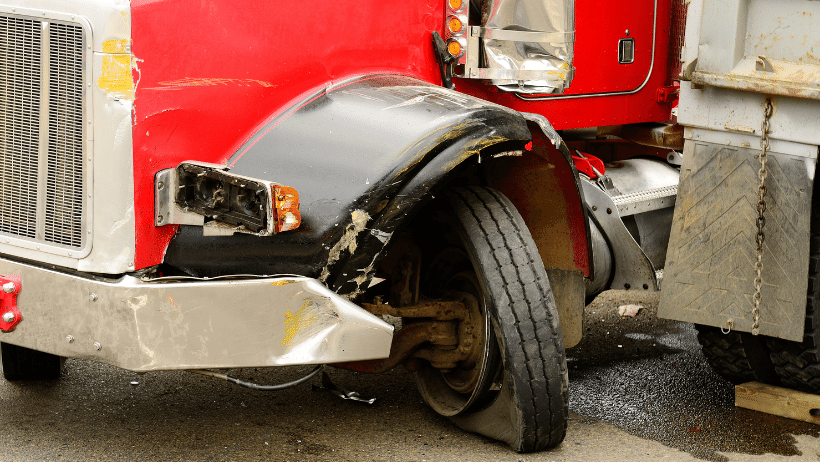 If you want to reduce
If you want to reduce 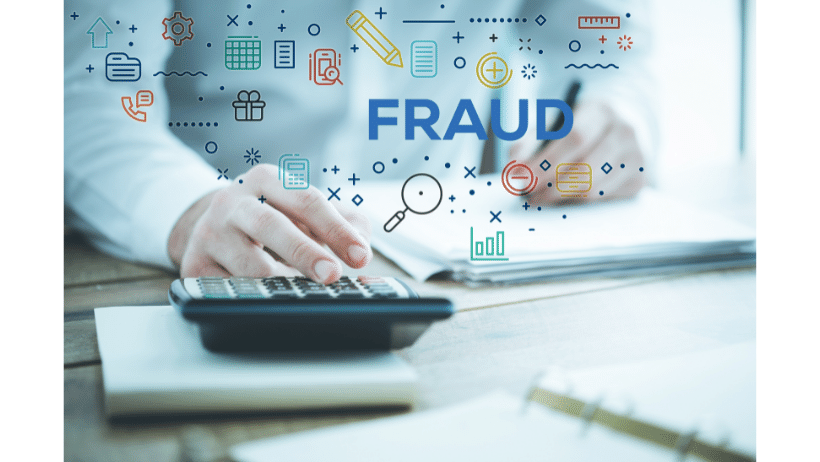 In most states, including Pennsylvania, almost all employers are required to carry
In most states, including Pennsylvania, almost all employers are required to carry  The right
The right 

